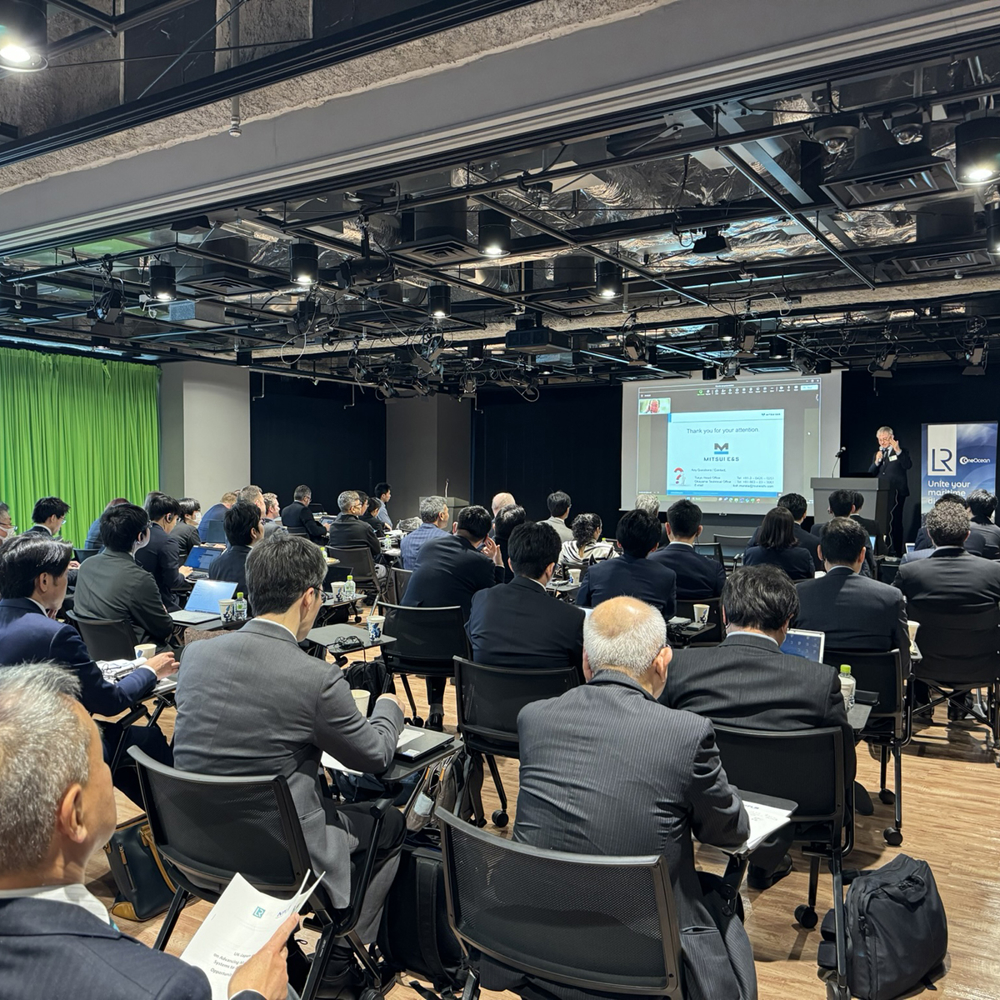UK and Japanese stakeholders are engaged together to accelerate the development of an assurance framework for maritime autonomy and instigate development of appropriate regional and international regulations, following a four-day workshop in Japan on 4-7 March.
UK-based Lloyd’s Register (LR) and the National Physical Laboratory (NPL) led key discussions in early March , involving representatives from Japan Maritime Bureau, Japan Coast Guard, universities, research institutes and maritime industry key representatives from Japan, including NYK, MOL and K LINE, of the DFFAS+ Project (an initiative funded by The Nippon Foundation) for the design of the Future Fully Autonomous Ship of Japan.
Discussions aimed to assist UK and Japanese regulators’ understanding of autonomy’s potential in maritime, build an assurance framework for its safe and reliable introduction, and develop a pathway to exploit the opportunities autonomy affords.
Japan’s goal is to see ships operating at the equivalent of LR’s autonomy level 4 (AL4) within its waters by 2026, with physical demonstrator ships sailing by the middle of 2025. In line with these aims, LR and NPL have agreed to promote the acceleration of verification and validation in line with technology development and deployment, including those related to collision avoidance and training and watchkeeping.
Through these activities, the aim is to promote an appropriate regulatory framework for the development, testing, innovation and commercial realisation of effective and safe autonomous vessels and related technologies in the UK, Japan and beyond.
Work on the assurance framework stems from the UK-based Maritime Autonomy Assurance Testbed (MAAT) partnership led by LR and NPL, focussed on building a test and certification programme to provide a pathway to safe adoption.
The autonomy and artificial intelligence market (AI) is expanding rapidly and according to Outside of the Box, a joint Lloyd’s Register and Thetius report published in April 2023, it was expected to be worth $1.47 billion in 2023, and grow at a five-year compound annual rate (CAGR) of 22%, making the market worth $3.09 billion by 2028.
Tony Boylen, Principal Specialist Autonomy at Lloyd’s Register said: “There is pioneering work taking place in maritime automation and LR is privileged to be involved in conversations with leaders in this field. The recent meetings show that there is an ever-increasing level of alignment of thought between Japan and UK Administrations and industry. We look forward to seeking partnership opportunities to develop an assurance framework to generate investor and R&D confidence in maritime autonomy”.
Naoto Nakagawa, Designated Principal Researcher at the National Maritime Research Institute in Japan said: “ Autonomous ships are expected to improve economic efficiency, the working environment for seafarers, and the marine traffic safety. At the same time, this brings new challenges to how to build secure autonomous systems and how to verify them. It is appropriate for this new era to work across the world to resolve these issues. We are very pleased that new possibilities have been brought about through interactions among stakeholders of the UK and Japan by the UK National Physical Laboratory (NPL) and Lloyd's Register”.
Andre Burgess, Partnerships Lead, Assured Autonomy, National Physical Laboratory (NPL) said: “The recent meetings have highlighted both the level of innovation and future capability of these technologies as well as the importance of collaboration to accelerate the pace at which autonomous ships can be deployed operationally. We are looking forward to developing new research and innovation-led partnerships between the UK and Japan in support of this ambition”.
Work in this area is continuing with a UK-led Summit on Maritime Autonomy, taking place on 18 April during Singapore Maritime Week. It sets out to share the latest insights on developments in Maritime Autonomous technologies and operational use cases, as well as outputs from existing research on testing, standards and assurance.







